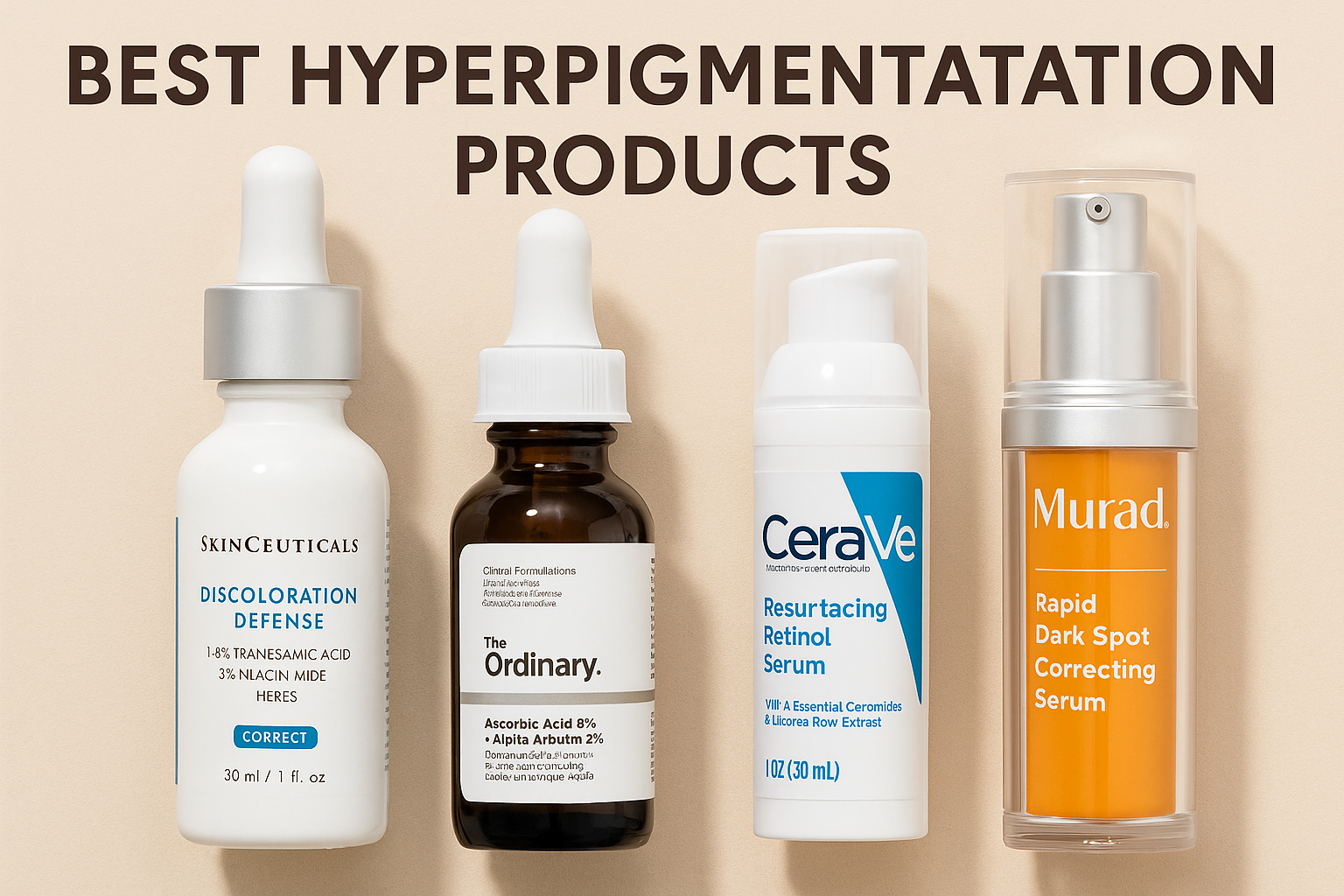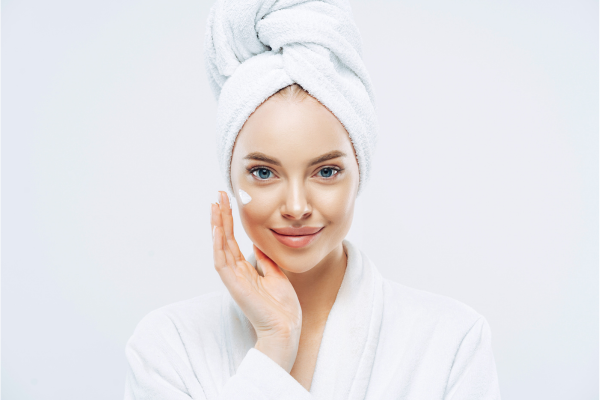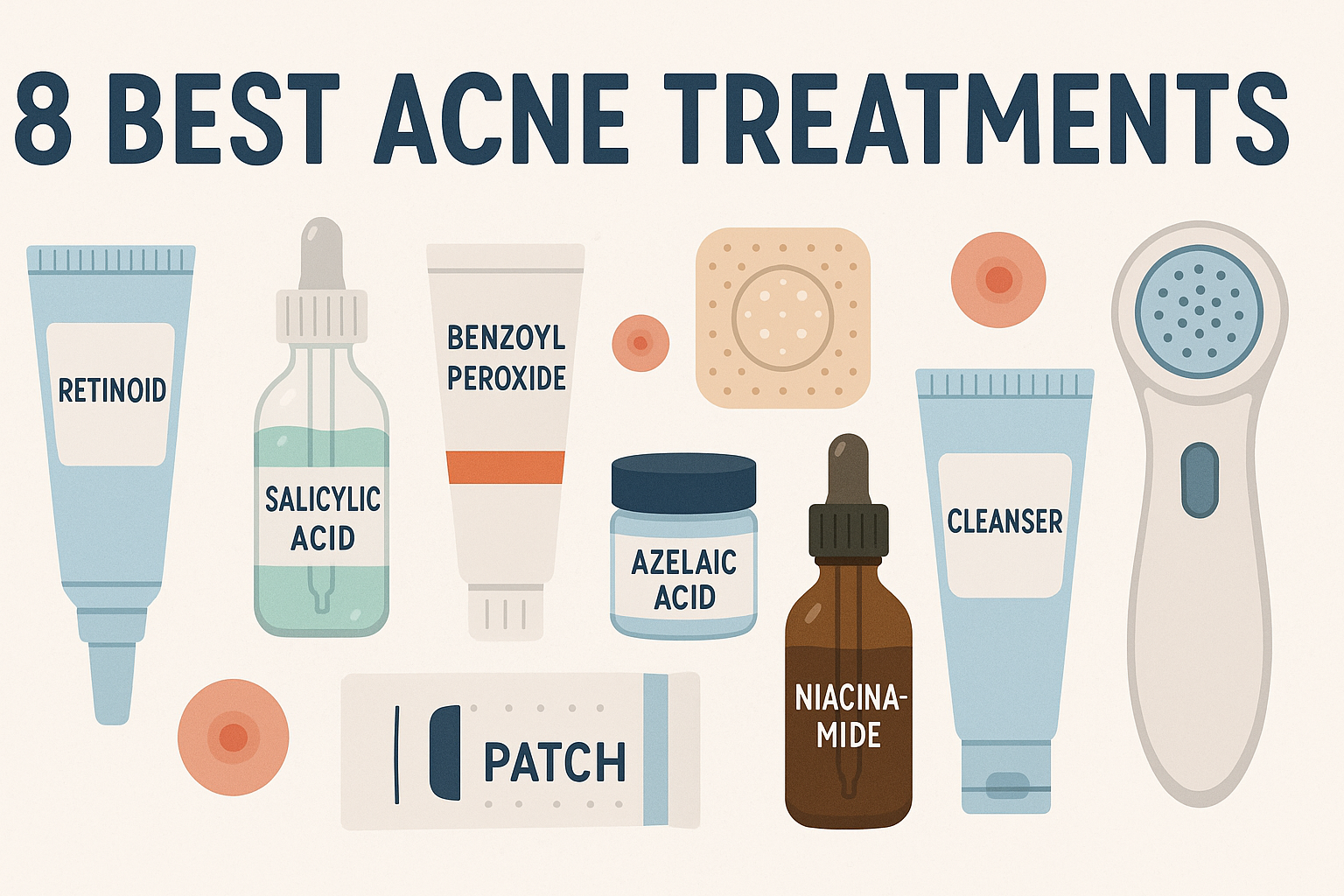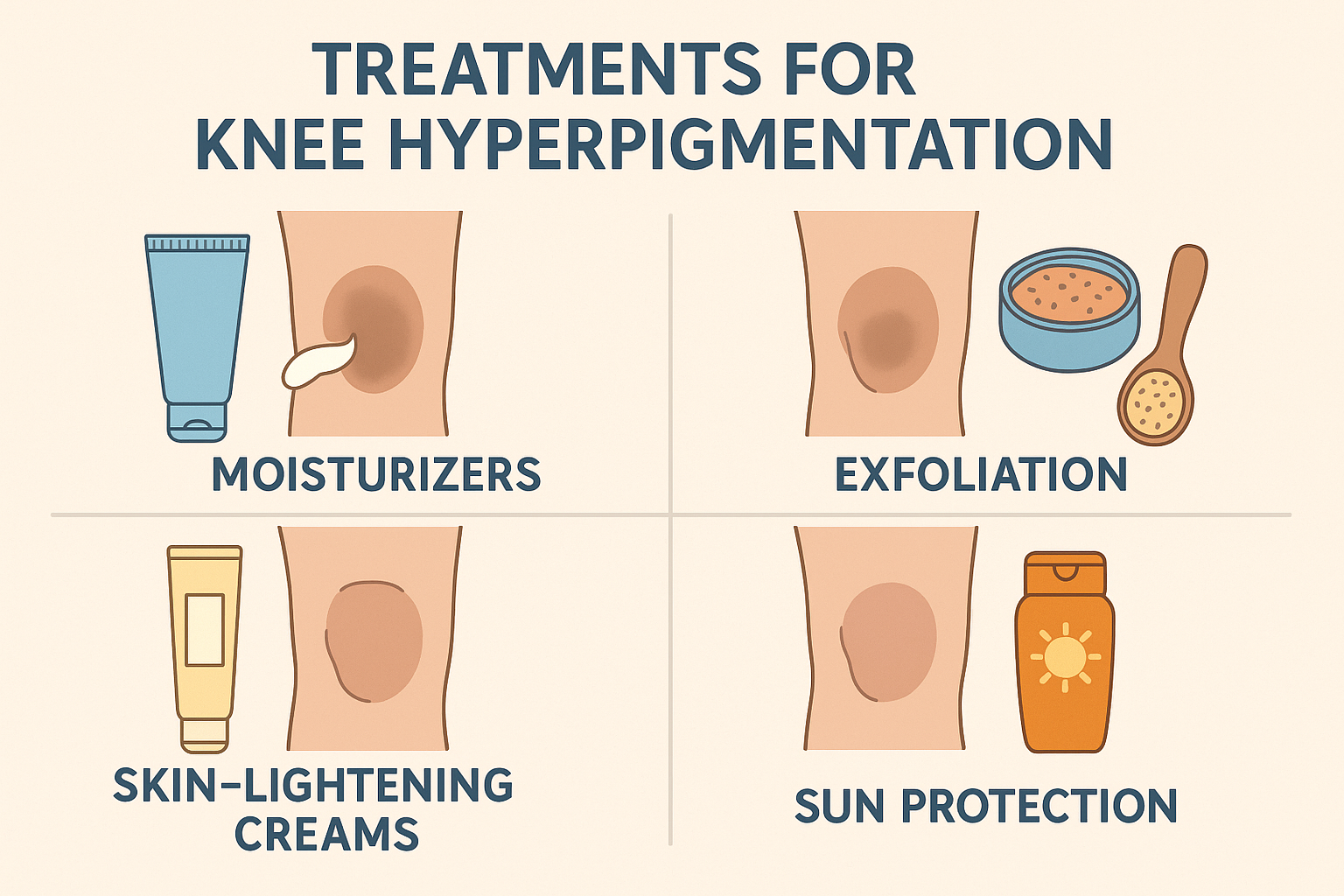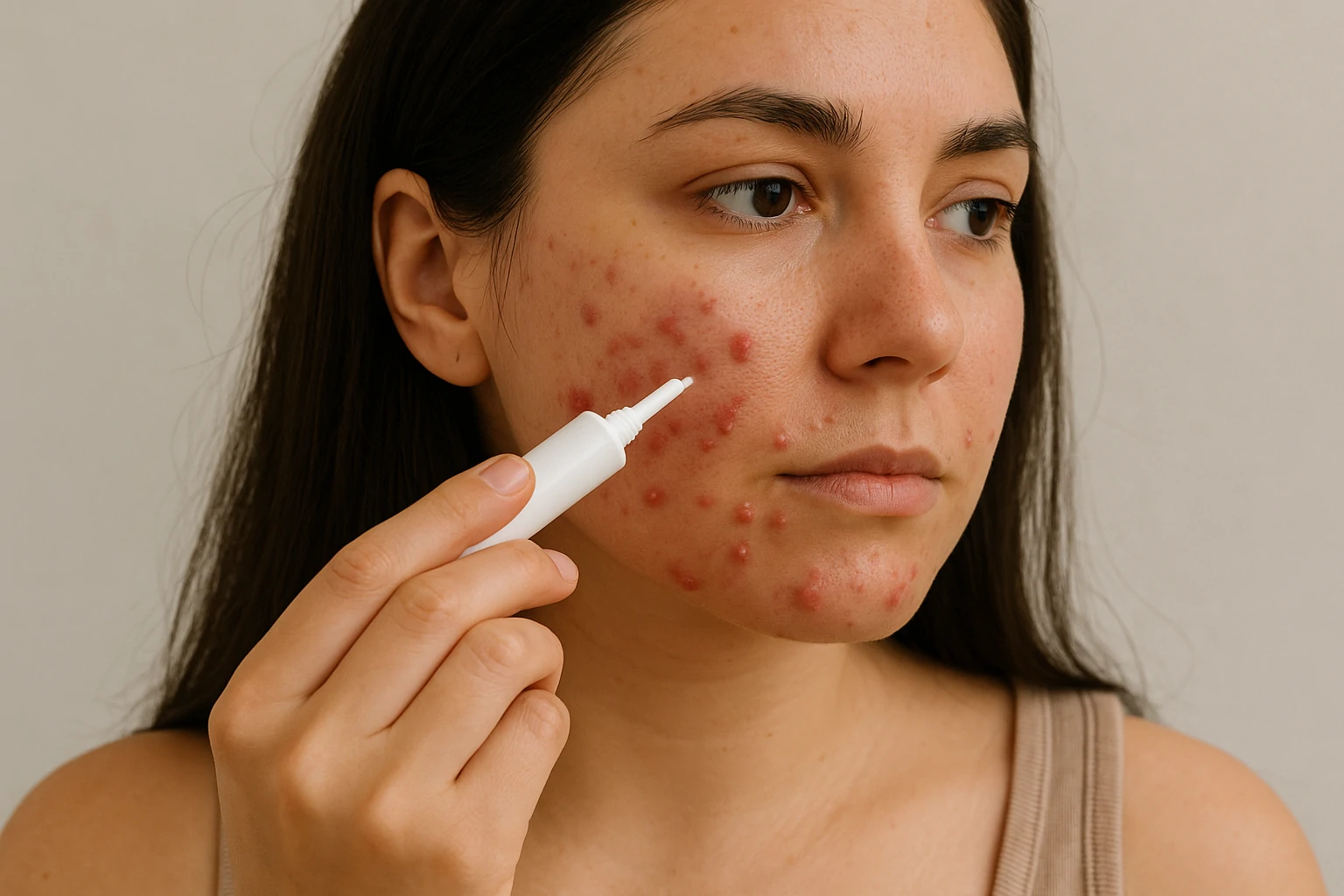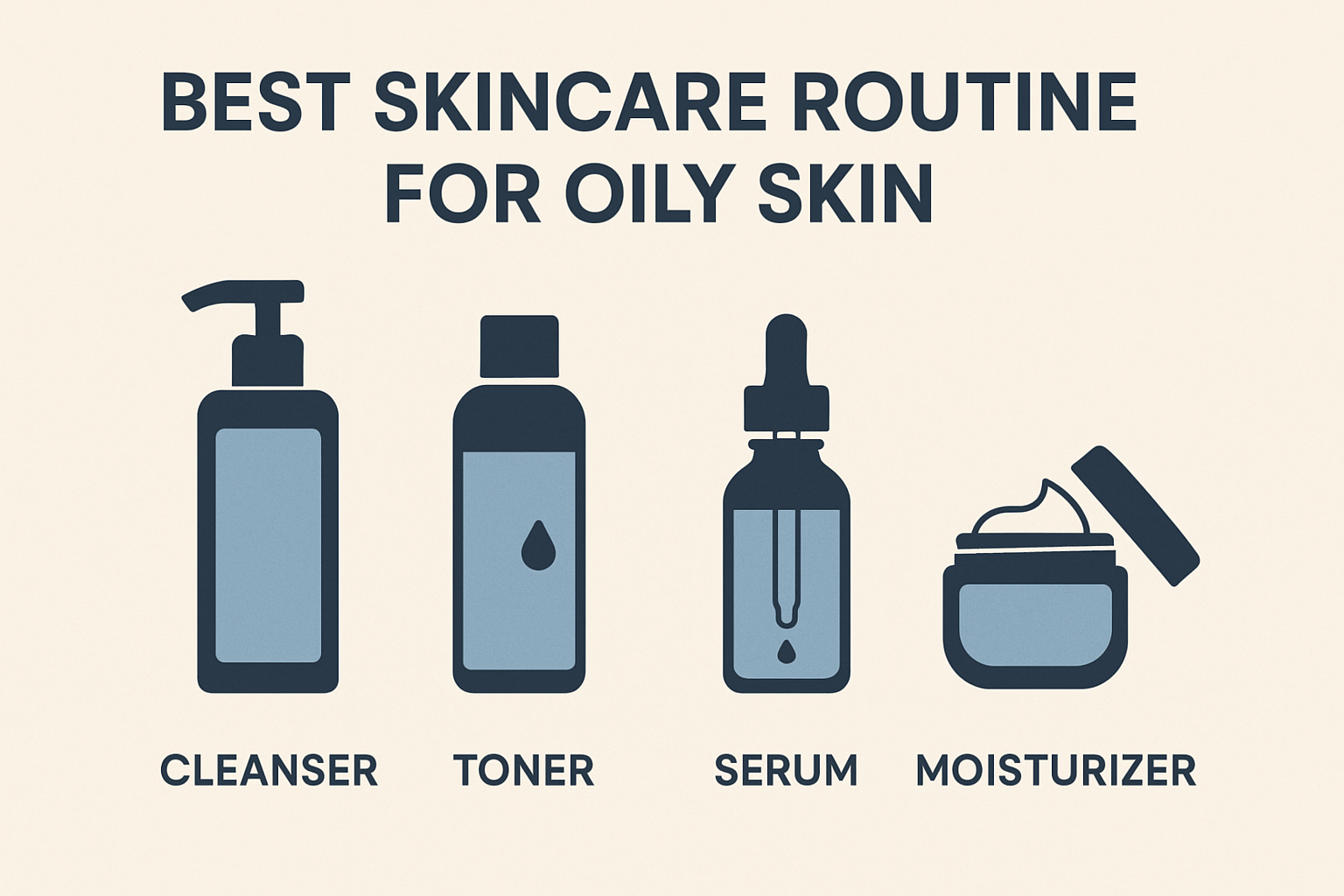Urea for Dry Skin: The Dermatologists’ Secret to Smoother, Healthier Skin

Dry skin isn’t just about looking dull or feeling rough — it can also cause discomfort, and even pain. Most people try to solve this problem by applying lotions or creams containing moisturizing ingredients like shea butter, hyaluronic acid, or glycerin. These ingredients are effective at hydrating the skin and repairing its protective barrier. Enter Urea for Dry Skin
However, when the skin becomes extremely dry and cracked, regular moisturizers alone are often not enough to restore its health.
In cases like this, the solution is not just to add moisture, but also to remove the layer of dead, dry skin so that the new, healthy skin underneath can absorb treatments more effectively. This is where urea plays an important role.
Urea is a substance naturally produced by the body. In skincare, it’s used in specialized products because of its unique dual action. First, as a humectant, urea draws and locks water into the skin, keeping it hydrated. Second, as a keratolytic agent, it helps soften and break down hardened dead skin, making way for healthy skin regeneration.
Thanks to this twofold effect, urea is especially effective for treating severely dry skin that no longer responds to regular moisturizers. However, while urea is highly beneficial, it’s important to use it properly to avoid irritation. That’s why expert guidance from dermatologists like Dr. Dendy Engelman and Dr. Carl Thornfeldt is so valuable — it ensures that urea delivers maximum results without unwanted side effects.
What Is Urea?
Urea is one of the most beneficial ingredients for maintaining skin moisture and overall skin health. Naturally, urea is already present in the human body as a byproduct of protein metabolism in the liver. One of its key roles is helping to maintain the skin’s protective barrier, keeping it healthy and well-hydrated.
In the world of skincare, urea is valued for two main properties. First, it acts as a humectant, meaning it attracts moisture from the environment and locks it into the skin. This helps dry skin feel more hydrated, soft, and supple. Second, urea has keratolytic properties, meaning it can break down keratin — the protein that makes up the outer layer of the skin. This process softens rough, dry patches and makes it easier for dead skin cells to shed, leaving the skin smoother and more refined.
According to Dr. Dendy Engelman, the urea used in skincare products is not sourced directly from the human body, but is produced synthetically in laboratories. This ensures the urea is safe, pure, and stable for use on the skin.
Interestingly, while the human body naturally produces small amounts of urea, skincare products contain urea at specific concentrations to deliver more noticeable benefits. The concentration is usually adjusted depending on the product’s purpose — from light moisturization to treating severely dry or cracked skin.
Thanks to its combination of humectant and keratolytic properties, urea is a highly effective ingredient for addressing various dry skin concerns while also supporting the skin’s natural regeneration process, helping it look and feel healthier and softer.
The Uses of Urea in Skincare
Urea is an ingredient with important benefits for skincare, especially for those who often struggle with dry, rough, or cracked skin. When applied, urea not only works as a moisturizer but also helps loosen and remove the buildup of dead skin cells on the skin’s surface.
According to Dr. Thornfeldt, urea has keratolytic properties. This means it can break down keratin — the protein that holds skin cells together and creates a hardened outer layer.1Laskova S, Bakardzhiev I, Iliev D. Urea in skincare. Journal of Varna Medical College. 2024;6(1):34-36. Once the keratin is broken down, the skin becomes softer, making it easier for dead skin cells to shed and allowing moisture to reach deeper into the healthy layers underneath.
Thanks to this dual action, urea is highly effective in treating a variety of skin conditions, including calluses, dermatitis, psoriasis, eczema, and keratosis pilaris. Urea-based products are widely available, whether in over-the-counter formulas or in higher concentrations prescribed by doctors, depending on the severity of the skin problem.
In addition to treating dry and flaky skin, urea also offers extra benefits for skin showing early signs of aging. While urea is not classified as an anti-aging ingredient, its ability to lock moisture into the skin can help improve texture, leaving the skin feeling softer, smoother, and more supple. As a result, fine lines and wrinkles may appear less noticeable.
So, whether you’re dealing with dry, rough skin or simply looking to maintain moisture in mature skin, urea can be a simple yet highly effective addition to your daily skincare routine.
The Benefits of Urea Content in Skincare
Adding urea-based products to your skincare routine can offer many benefits, especially if you struggle with dry, rough skin or certain skin conditions. Urea is highly effective because it not only hydrates but also supports the natural shedding of dead skin cells.
First, urea provides deep hydration. Skincare products contain urea in different concentrations depending on your skin’s needs. For daily moisture maintenance, formulas with 2% to 10% urea are commonly used. For severely dry, rough, or cracked skin, higher concentrations — such as 40% urea — can be an effective solution. Urea helps lock moisture into the skin, leaving it feeling softer and more supple.
Second, urea helps break down and remove dead skin cells. It can penetrate hardened skin, such as calluses on the feet, and loosen the bonds holding dead cells together, making it easier for them to shed. This leaves the skin’s surface smoother and healthier. Because of this, urea is especially useful for treating conditions like eczema, psoriasis, calluses, corns, and cracked heels.
In addition to its moisturizing and exfoliating benefits, urea also has antifungal properties. High-concentration urea products can support the treatment of fungal infections, especially on the feet and nails. Urea softens the nails and the surrounding thickened skin, helping antifungal treatments absorb more effectively. According to Dr. Thornfeldt, urea not only improves skin hydration but also enhances the ability of other active ingredients to penetrate, especially at concentrations above 12%.
With this powerful combination of benefits, urea is a valuable and versatile ingredient for everyday skincare.
How to Use Urea?
Before adding urea-based products to your skincare routine, it’s important to choose the right concentration to ensure maximum benefits while minimizing the risk of side effects. Each urea product is formulated with different strengths, depending on the skin’s needs.
For mild concerns — such as hydrating very dry patches or helping to manage early-stage athlete’s foot — low-concentration urea products (usually below 10%) are a safe and effective option. These formulas can provide moisture without irritating or over-sensitizing the skin.
For more serious skin conditions, such as eczema, psoriasis, calluses, or cracked skin, a higher concentration of urea — typically between 20% and 40% — is recommended. Because stronger doses penetrate deeper into the skin, it’s best to consult a healthcare professional before using high-concentration urea, to ensure the product is suitable and safe for your specific skin condition.
For extremely dry and hardened areas, like cracked heels, 40% urea creams can be especially effective. Dr. Engelman recommends a simple way to boost hydration: apply the urea cream to the dry area, then cover it with fabric — such as wearing socks over the feet — to help lock in moisture and allow the active ingredients to work overnight.
It’s important to note that 40% urea creams are not designed for general moisturizing across the entire body or face. These products are intended for targeted treatment of thickened or damaged skin, such as on the elbows, knees, and soles of the feet, helping restore smoothness and skin health.
How Often Should Urea Be Used in Skincare?
In general, urea-based skincare products are recommended for use twice a day — typically in the morning and at night — to achieve the best results for moisturizing and improving skin condition. However, everyone’s needs may vary depending on their skin type and the specific issue being treated, such as cracked skin, eczema, or calluses.
That’s why it’s important to consult a doctor before starting regular use of urea products, especially if you plan to use a high-concentration formula. A healthcare professional can help determine the right frequency and timing for application based on your skin’s condition, ensuring the treatment is both safe and effective without causing irritation or unwanted side effects.
Potential Side Effects of Urea in Skincare
Although urea is well known for its effectiveness in treating dry, rough, or cracked skin, improper use can sometimes lead to side effects. According to Dr. Engelman, these side effects may include a burning sensation, itching, irritation, or, in rare cases, skin damage.
If you experience any discomfort after applying a urea-based cream, it’s best to stop using the product temporarily and consult a healthcare professional. Your doctor may recommend switching to a lower concentration or adjusting how often you apply the product, giving your skin time to adapt.
It’s also important to avoid applying urea near sensitive areas, such as the eyes, nose, mouth, or groin, as it may cause irritation. Urea should not be applied to broken, scratched, or severely inflamed skin, as this can worsen the condition.
Specifically, 40% urea products are designed for those with very dry skin issues, such as eczema, psoriasis, or thickened calluses. Urea at this strength is highly effective for softening rough skin and relieving itchiness, especially during flare-ups.
However, if your goal is simply to maintain daily skin hydration, a lower-concentration product is usually the better choice. Lighter formulations are generally safe for routine use and are often combined with other moisturizing ingredients like glycerin, ceramides, or hyaluronic acid, making them gentler on the skin.
With the right concentration and safe application, urea can offer powerful skincare benefits without unnecessary risks.
Urea vs. Hyaluronic Acid: How They Differ
Although both hyaluronic acid and urea are known as moisturising ingredients naturally produced by the body, they play different roles in supporting skin health.
Urea acts as an emollient, meaning it helps soften and protect the skin by creating a barrier on its surface. This barrier prevents moisture from evaporating, allowing the skin to stay hydrated and reducing the risk of dryness. Urea also helps break down dead skin cells, leaving the skin smoother and more refined.
Hyaluronic acid, on the other hand, functions as a humectant. It draws moisture from the environment and binds it to the skin, helping to maintain hydration and a plump, healthy-looking texture — especially in dry conditions.
Interestingly, these two ingredients are often combined in skincare products. The pairing of urea and hyaluronic acid provides a dual-action benefit: urea helps prevent moisture loss from within, while hyaluronic acid continuously attracts water from the environment. The result is skin that feels softer, stays hydrated, and is better protected against dryness for longer.
Conclusion
Urea is a highly versatile ingredient in skincare. Naturally produced by the body, urea plays several important roles — acting as an emollient, moisturiser, keratolytic (to help remove dead skin cells), and antipruritic (to relieve itching).
When used in creams or ointments, urea helps to break down dry, hardened layers of dead skin, allowing new skin cells to surface and making it easier for moisture to be absorbed. This is why urea is particularly effective in treating skin concerns such as calluses, dermatitis, psoriasis, eczema, and keratosis pilaris — all of which are often marked by rough, thickened, or dry skin.
Interestingly, urea can also help improve the appearance of fine lines and wrinkles. Well-hydrated skin looks plumper and smoother, which naturally softens the visibility of fine lines and gives the skin a fresher, more youthful look.
However, before starting any urea-based treatment, it’s strongly recommended to consult a healthcare professional. High-concentration formulas — such as those containing 40% urea — can be very effective for treating thick, severely dry skin, but they may also cause side effects like burning, itching, or irritation, especially on thinner or more sensitive areas. Using the right product in the right way will help you enjoy maximum benefits with minimal risk.






 Acne
Acne Anti-Aging
Anti-Aging Business
Business Digital Marketing
Digital Marketing Economics
Economics Movies
Movies Personal Finance
Personal Finance Websites
Websites
